Description
Railroad Short Name: HOYU
Trade organizations estimate that as of January 1st, 2018 the global fleet of tank containers stands at 552,000 units. Most of these tank containers are owned by operators and leasing companies.
ISO tank containers built to transport hazardous cargo have to meet a variety of regulations including but not limited to IMDG, ADR-RID- US DOT and other. There are a variety of UN Portable tank types, the most common of which is T11 as it is permitted to transport a thousand or more hazardous bulk chemicals.
There are hundreds of tank container operators worldwide; they can vary on the service they offer. The bigger operators typically offer a wide range of services, while smaller operators may only offer services in one region or with one type of tank.
Rules for Tank container transport provides for transport in the bottom of well cars, and on flatcars. If the tank container has hazardous liquid it should Not have another container stacked on top of it (look for Hazard label). If non-hazardous, other containers can be stacked on top. Tank containers do not normally ship double stacked in the Top position.
Tank Container Types
- Swap body tank – a swap body has a bigger tank which is larger than the frame, usually 23 or 25 feet (7.01 or 7.62 meters) long
- Food-grade tank – a standard tank container which can only be loaded with foodgrade products
- Reefer tank – a tank with the ability to cool the product to be transported
- Gas tank – a tank that is suitable for the transport of gases
- Silo tank – a tank for the transport of grains and powders
- T1 ISO tank container (for wine and light liquids)
- T4 ISO tank container (for non-hazardous edible and non-edible oils)
- T11 ISO tank container (for non-hazardous chemicals)
- T14 ISO tank container (for hazardous chemicals and acids like HCl and zinc chloride)
- T50 ISO tank container (for LPG and ammonia gas)
- T75 ISO tank Container ( for Cryogenic liquids )[2]
- SWAP tank container (for cargo above 26,000 to 32,000 metric tons or 25,600 to 31,500 long tons or 28,700 to 35,300 short tons)
- Rubber-lined ISO tank container (for acid-based chemicals)
Features:
- IBC ‘PIN’ and holes for stacking
- Multiple walkway configurations to match prototypes
- Etched metal end ladder
- When required – mechanical unit (Heat / Cool) and Placard/Tool box as per prototype picture
- Precise printing as per prototype
- These do not have a magnet on bottom, as they do not ship stacked on top of another container

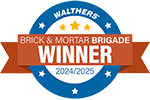
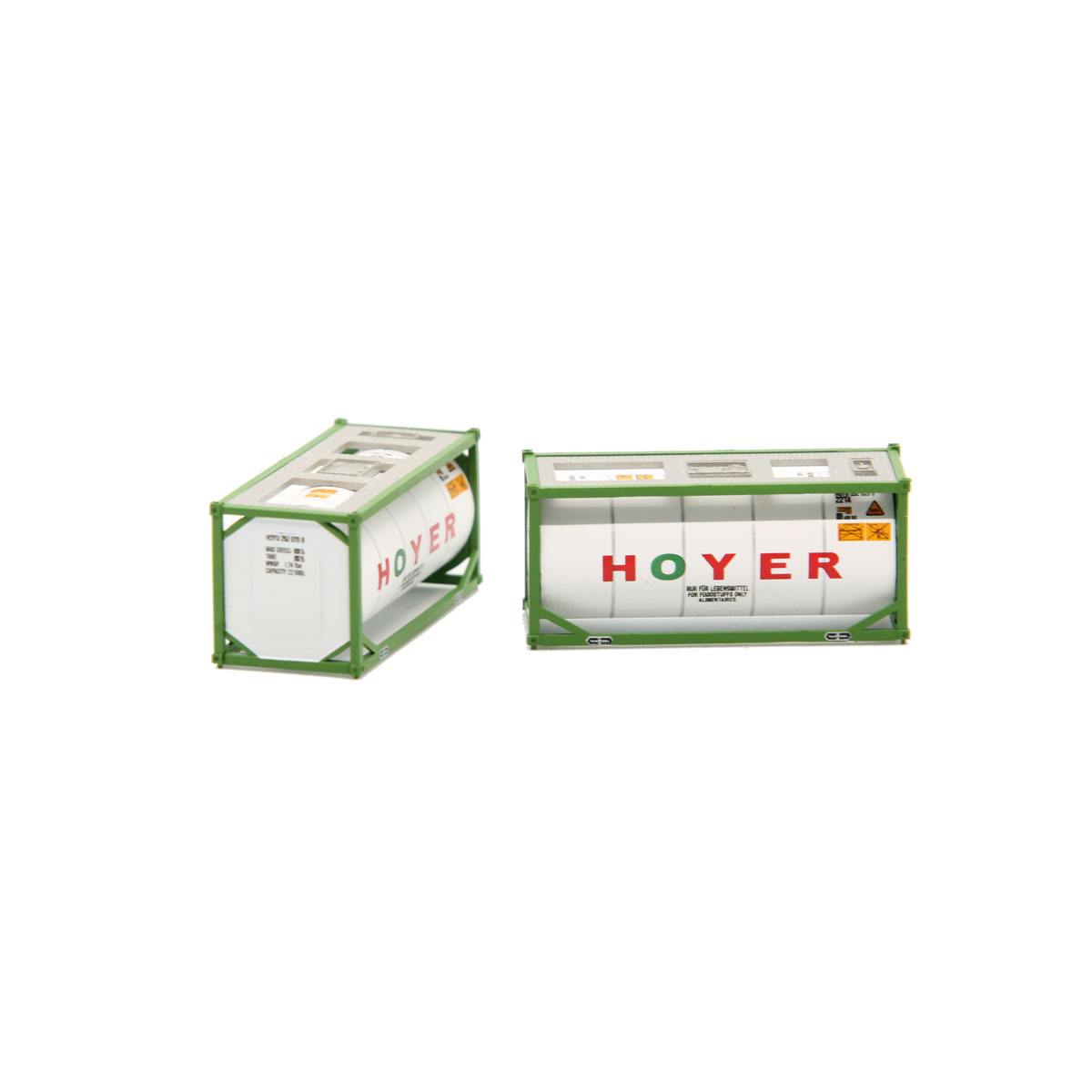

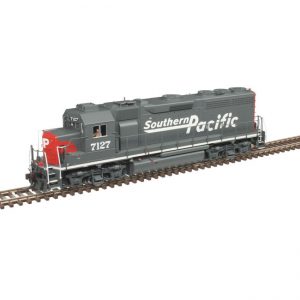
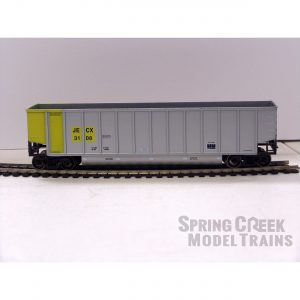
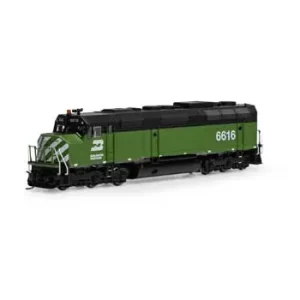
Reviews
There are no reviews yet.